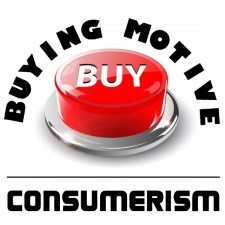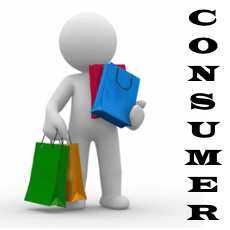5 Important stages in a decision making process
Table of Contents
Important stages in a decision making process
The decision making process passes through 5 important stages. They are
- Recognition of Problem
- Search of Information
- Alternative Evaluation
- Choice of Product
- Outcome of Choice
1. Problem recognition
In problem recognition stage, the consumer recognizes the difference between his actual state and what the ideal state should be. The consumer is stimulated by an external stimuli to possess a product displayed in the showroom. When the consumer perceived discrepancy between actual and ideal states, he recognizes a problem.
2. Information search
The Information possessed by the consumer in the initial stage may be consistent with his beliefs and attitudes. But once, he recognized a problem, he seeks to gather more information from various sources.
Sales persons, friends, neighbors, mass communication media etc., are some of the important sources of information available to consumers.
While the individual is exposed to stimuli, he receives the information. He will accept the information which is conclusive to his perception. So, this information processing is selective in nature.
3. Alternative evaluation
The consumer evaluates the alternative brands available in the market. The consumer has certain beliefs about the brands. The consumer’s response to the brands is largely influenced by these beliefs. On the whole, the method of evaluating various products will be dependent on the goals, motives and personality of the consumer.
4. Choice
The choice of the alternative will depend upon the intention and attitude of the consumer. However, normative compliance and anticipated circumstances will attempt to influence the individual choosing the brand.
Normative compliance signifies the extent to which the consumer is influenced by other people like family members, relatives, friends, colleagues etc. The person’s choice of the product is also influenced by anticipated circumstances like joining a new job, funds available etc.
The sensitivity of the individual to handle anticipated circumstances like diverting funds to meet emergency has a negative effect on the choice of the product. Thus, anticipated circumstances act as a barrier to purchase decision.
5. Outcome
The outcome of the choice of the product may be positive or negative. If there is a feeling of doubt experienced by the consumer about the choice made by him, the outcome is likely to be negative.


